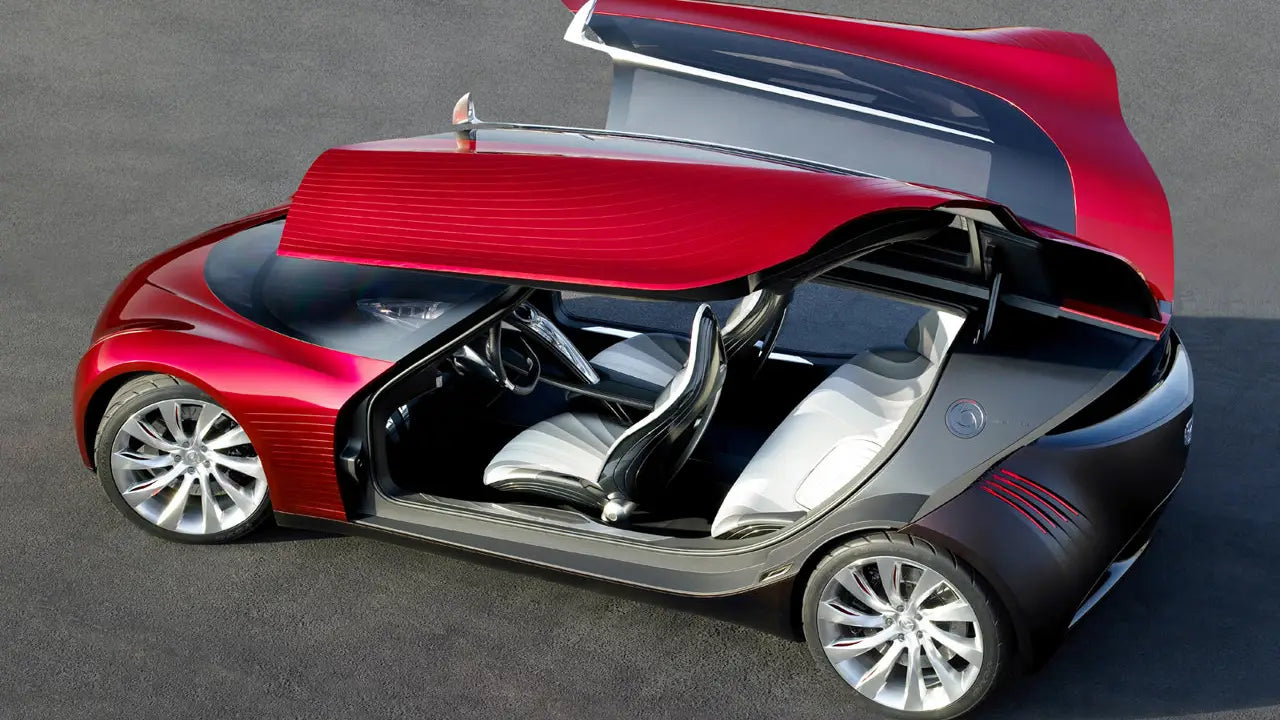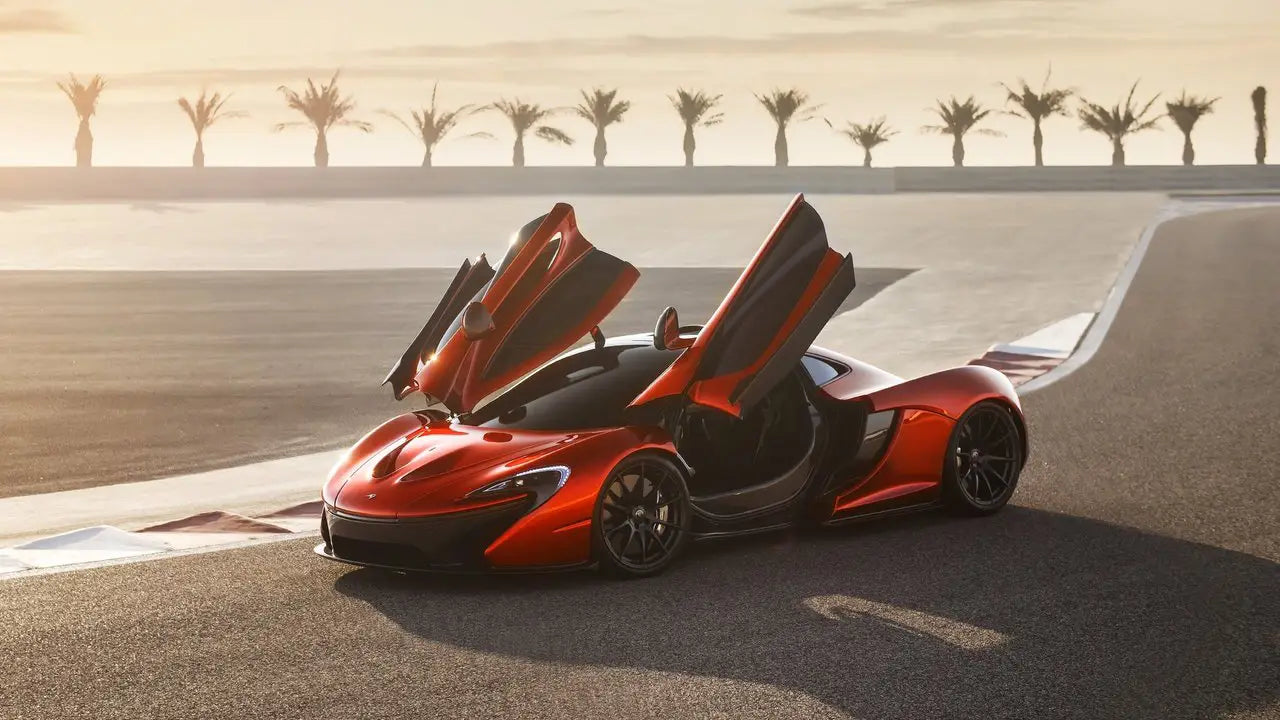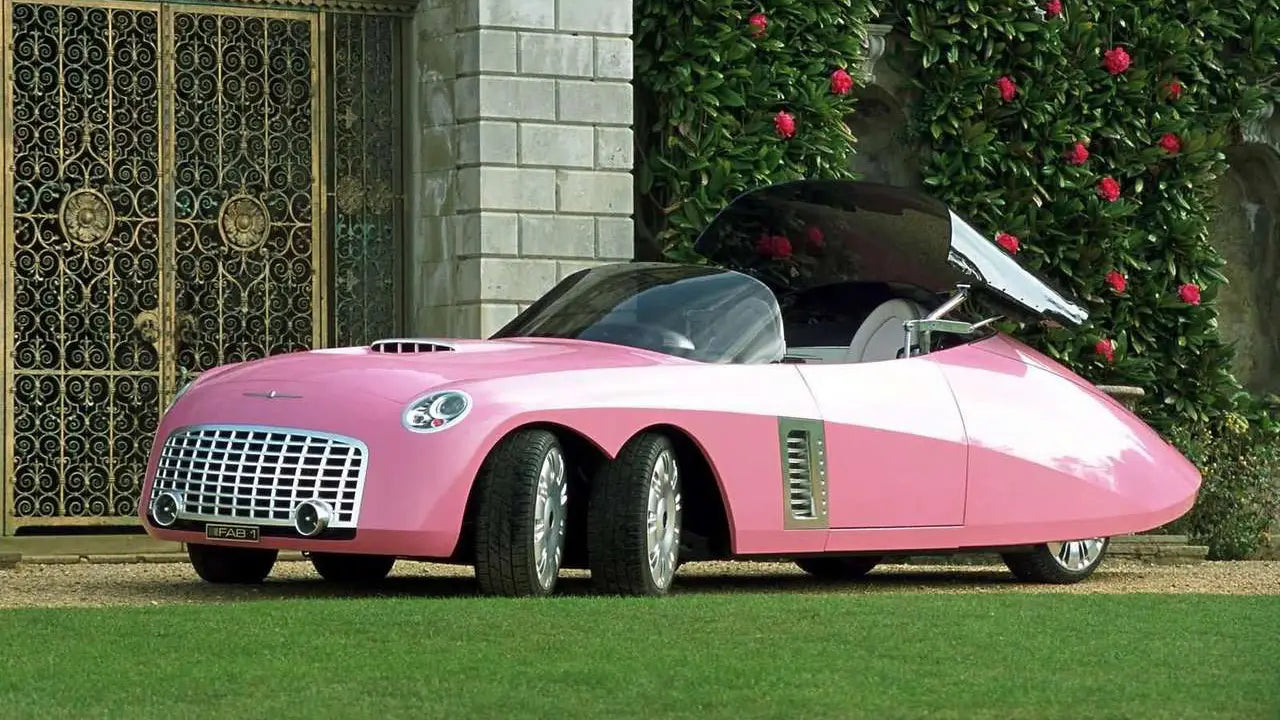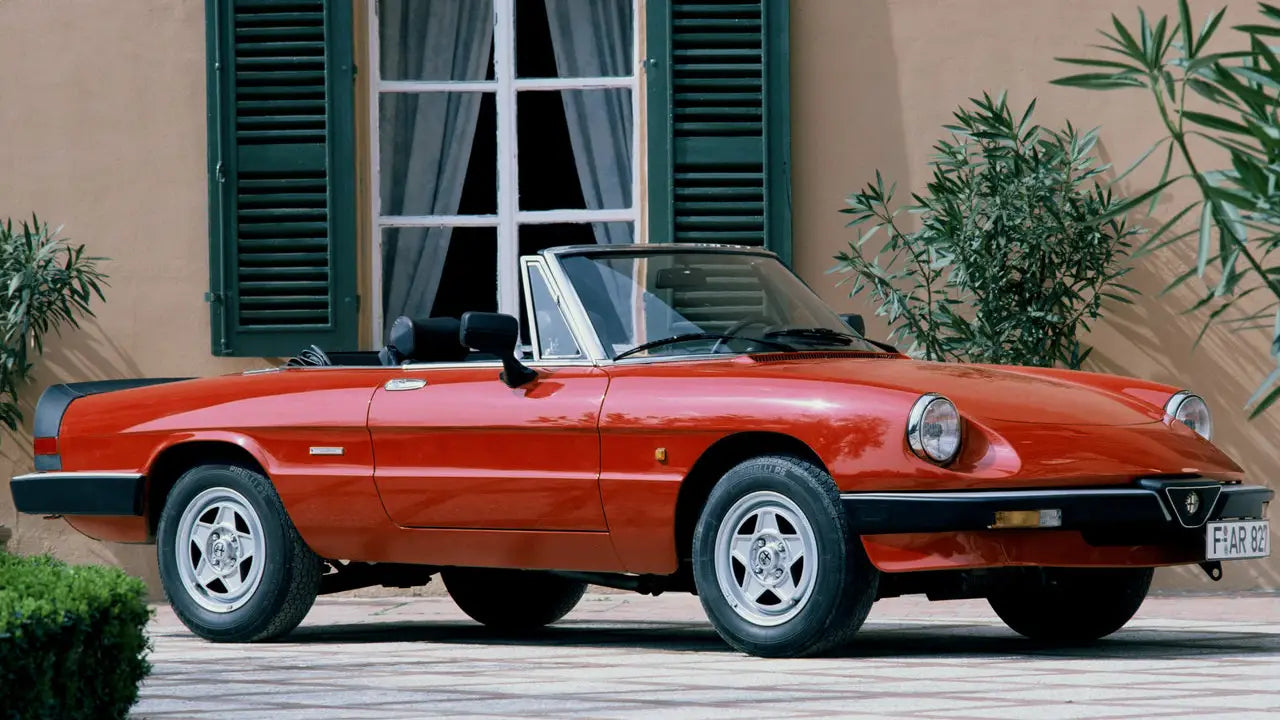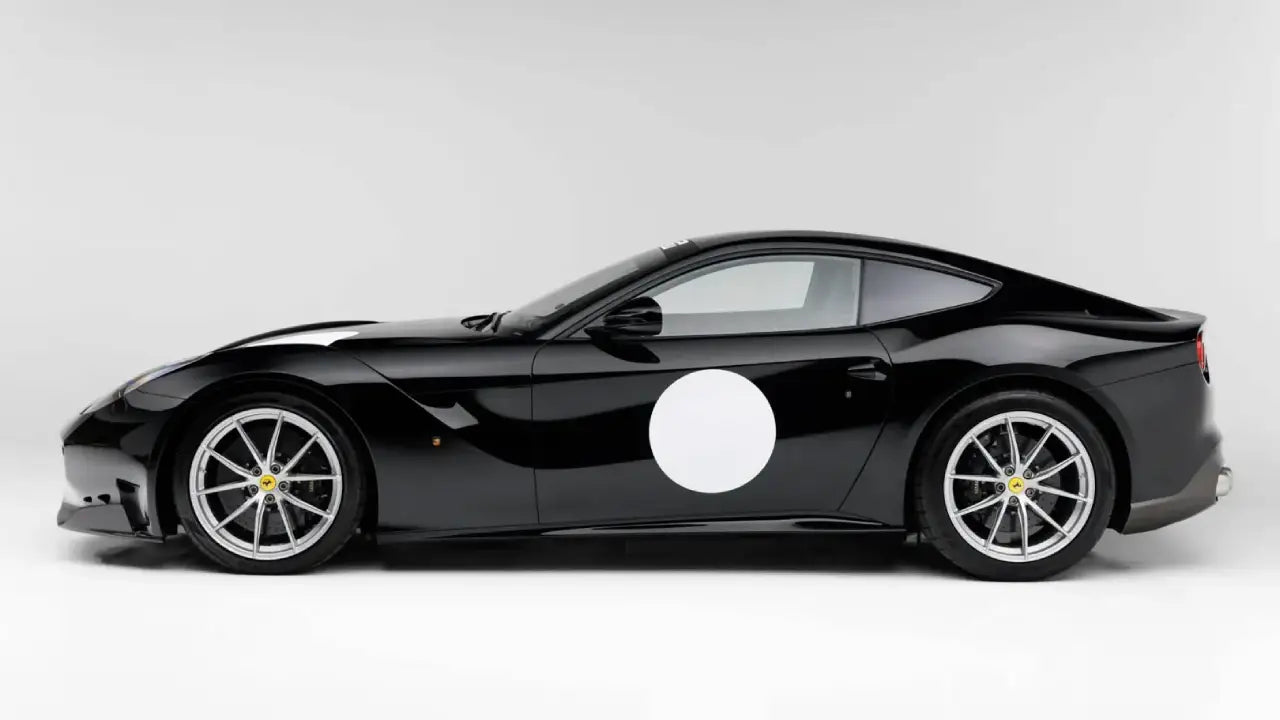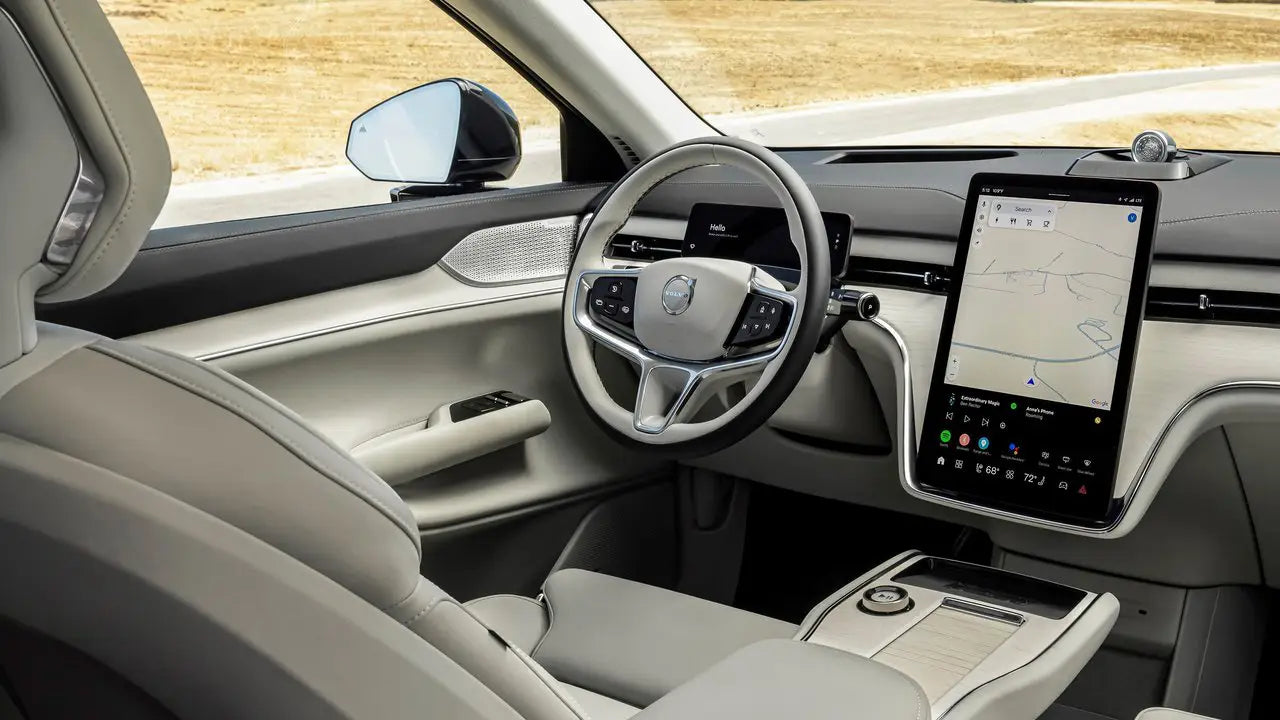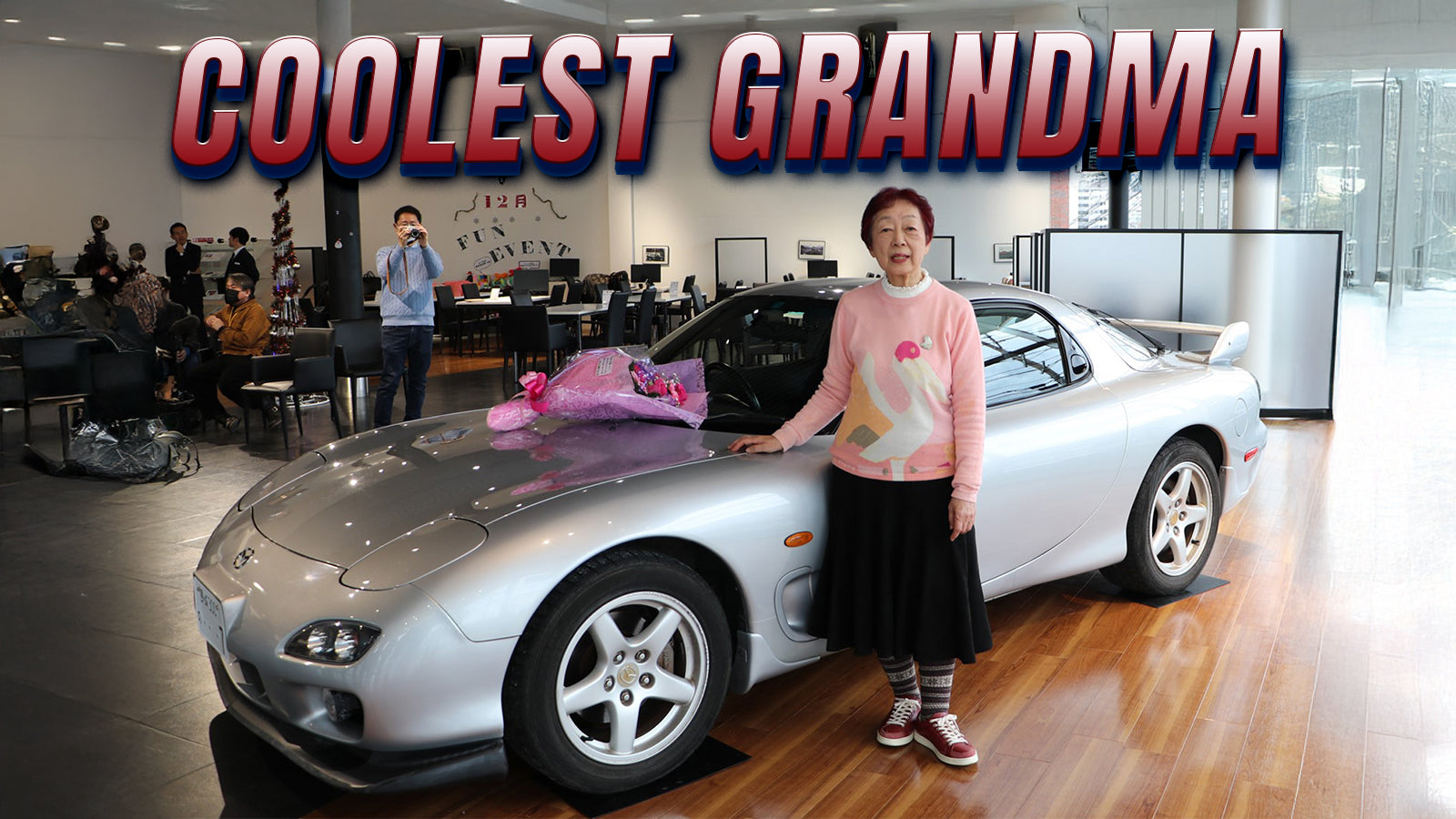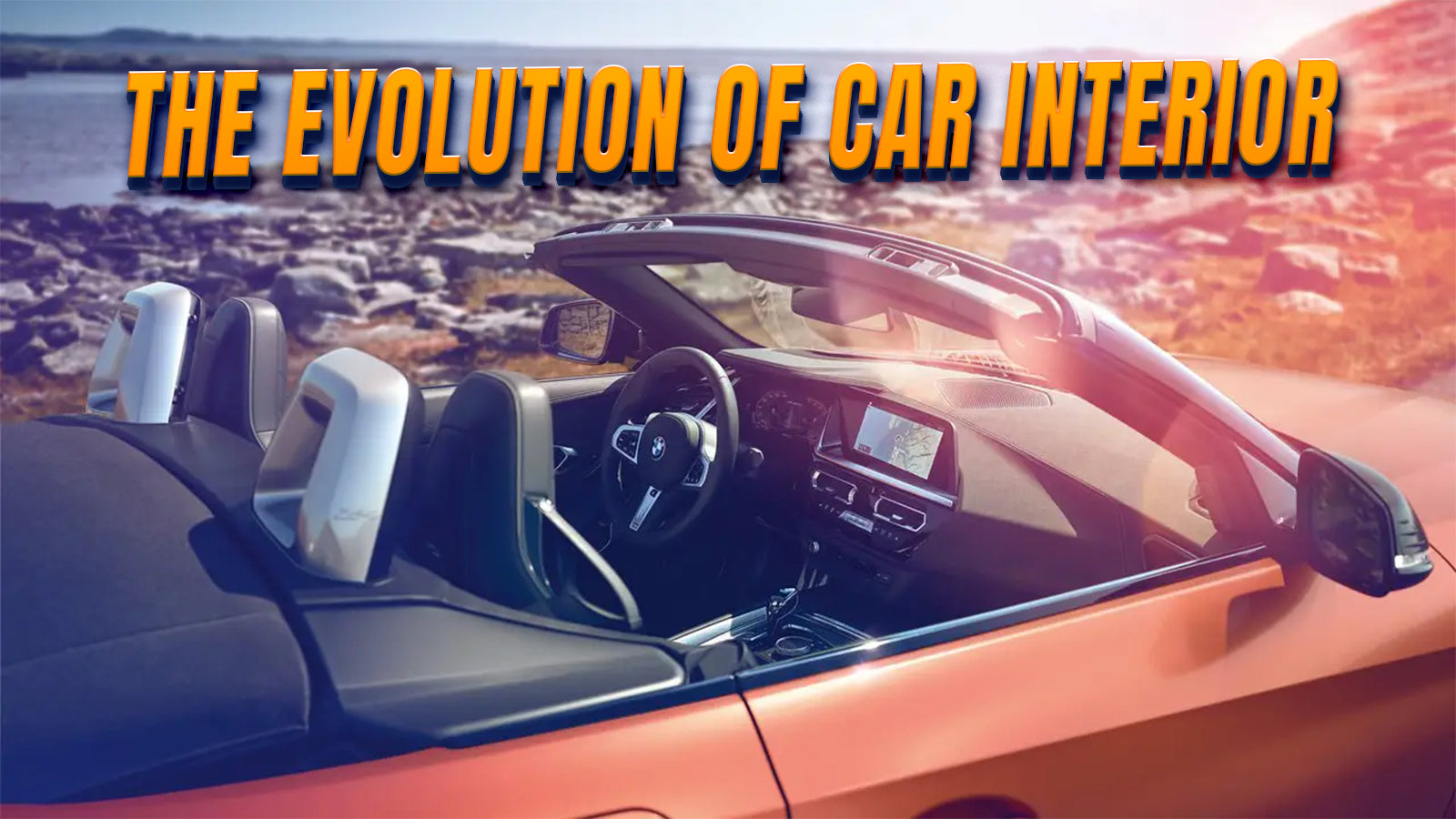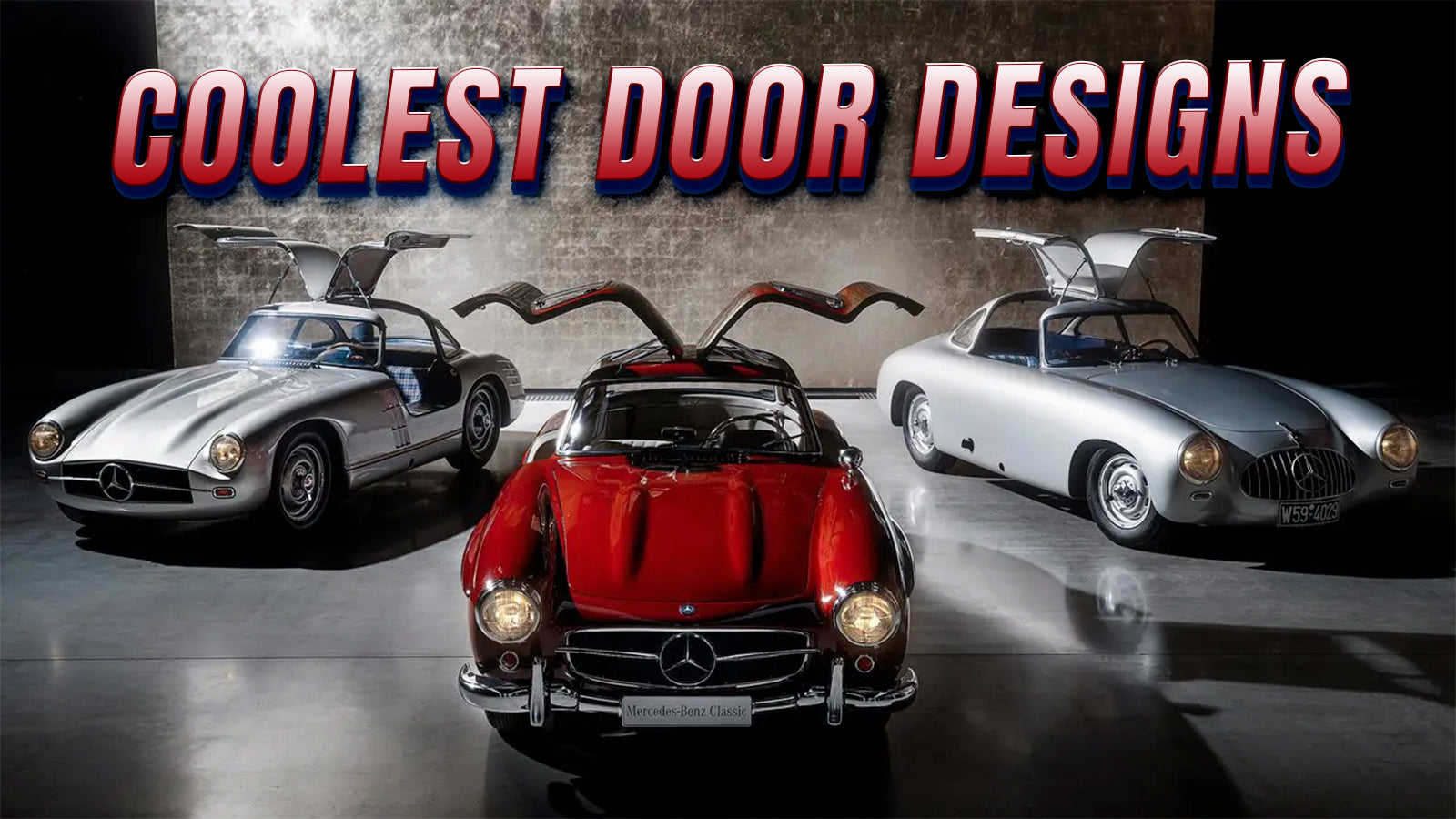Japanese automakers have long been recognized for their innovative approach, frequently pushing the limits of design and functionality in unexpected and idiosyncratic ways. When it comes to concept cars, Japan is at the forefront of innovative ideas and bold statements. Japanese automakers have created some of the most bizarre and intriguing concept cars, including those with spinning wheels and mobile dance floors! Now, let's take a look at some of the strangest Japanese concept cars, where bold ideas meet eccentric engineering.
Toyota EX-III (1969)
The Toyota EX-III was an aerodynamically and efficiently constructed teardrop-shaped automobile. Built in the 1960s, it was lightweight and meant to glide through the air with little resistance. Long before the green car craze, Toyota demonstrated its dedication to crafting eco-friendly, futuristic designs with the EX-III.

Mazda RX-500 Concept (1970)
The Mazda RX-500 Concept car is a visionary design that foreshadows the future of rotary engine technology. Its distinctive, futuristic design is low, wide, and curving, lending it a space-age appearance. The RX-500 also had distinctive rotating front headlights and a sophisticated design for its period, demonstrating Mazda's daring vision for a sports automobile of the future.

Honda Fuya-Jo (1999)
The Honda Fuya-Jo is a flamboyant, party-inspired concept that functions as a mobile nightclub. With its high canopy and DJ booth-inspired design, it was designed for evening escapades. It has a groovy interior with space to stand and dance, providing a setting that prioritizes enjoyment and vibe over functionality.

Mitsubishi Se-Ro Concept (2003)
The Mitsubishi Se-Ro idea is an ultra-compact electric vehicle that focuses on efficient urban mobility. It has a streamlined design with a cabin that allows the driver to sit or stand, providing flexibility and comfort. The Se-Ro is designed for short-distance travel, making it ideal for negotiating metropolitan streets.

Mazda Taiki Concept (2007)
The Mazda Taiki concept is a visually striking design that challenges the limits of automobile aerodynamics. It uses Mazda's "Nagare" design language, which is inspired by natural forms and fluid movement. The car's sleek, flowing form emphasizes wind and speed, while its distinctive profile is both futuristic and organic. The Taiki, powered by a Wankel rotary engine, is a high-performance vehicle that has been developed for efficiency.

Toyota i-Real (2007)
The Toyota i-Real is a groundbreaking idea that focuses on personal transportation in urban areas. It is a compact, three-wheeled vehicle designed to be both practical and enjoyable to drive. The i-Real has a unique rotating cockpit that allows the driver to change postures, either standing or seated, to suit varied driving needs. With a top speed of 30 km/h, it is ideal for short trips through city streets.

Mazda Ryuga Concept (2007)
The Mazda Ryuga concept is another example of the company's Nagare design language, which incorporates sweeping arcs and dynamic lines inspired by nature. It's a luxurious four-door coupe with a performance engine that's meant to make you feel like you're on the go even when you're not. The Ryuga's appearance is beautiful and aggressive, with a focus on aerodynamic efficiency.

Nissan Pivo 2 (2007)
The Nissan Pivo 2 is a quirky electric city car that elevates urban mobility to new heights. It has a rotating cabin that can turn 360 degrees, allowing the driver to navigate the vehicle without having to reverse. The Pivo 2 also features a robotic assistant that assists the driver with a variety of tasks.

Infiniti Essence Concept (2009)
Infiniti's Essence concept car is a luxury, high-performance hybrid sports coupe. It has a 3.7L V6 engine and an electric motor that generates over 600 horsepower. The Essence's sleek and dynamic design emphasizes power and efficiency, indicating its future orientation in high-performance hybrid technology.

Toyota FV2 (2013)
The 2013 Toyota FV2 concept represents a significant shift from conventional auto design. Instead of using a steering wheel, this electric car is controlled by the movements of the driver's body. The driver may maneuver the car by bending in different directions, which makes it a simple and engaging experience. To further customize driving, the FV2 also has an AI system that picks up on the driver's routines. With a touch screen for all vehicle functions and a single-passenger interior, the design is sleek and futuristic.




